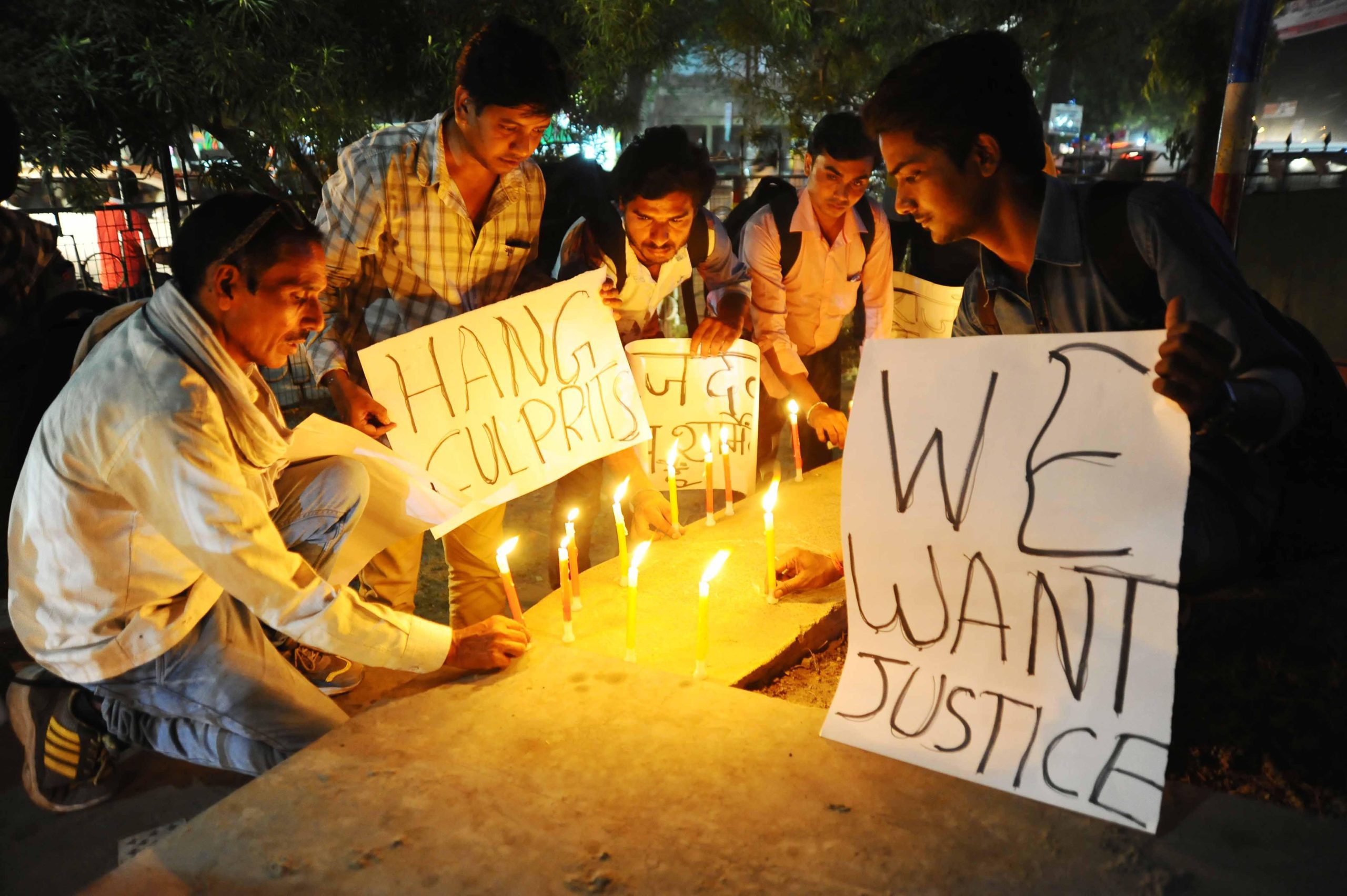On 25 June this year 40-year-old journalist Shivshankar Jha was returning to his home in Muzaffarpur, in the eastern frontier state of Bihar, when he was set upon by a group of men. He was taken to hospital with multiple stab wounds and later died of his injuries.
He worked for several Hindi news outlets in the region and had been reporting on liquor smuggling. His family said he had received death threats and blamed the criminal gangs he had been investigating.
In July, Unesco director-general Audrey Azoulay said: “I condemn the killing of Shivshankar Jha and call for a thorough investigation to ensure that the perpetrators are brought to justice. Journalists play a vital role in investigating crime and wrongdoing, and impunity for crimes against them must not prevail.”
This is not an isolated case. Waheed Azam, of Patna-based Democratic Charkha, explained that the illicit trade in alcohol and raw materials such as sand was open to exploitation from criminal gangs.
“Journalism in Bihar is extremely challenging,” he said. “The last decade has been marked by political instability, with frequent changes in government. Meanwhile, illegal liquor smuggling and the sand mafia have shaken the state’s economy. If you publish a report that displeases the mafia or those in power, you end up either dead or framed in false cases.”
Madhubani is globally renowned for its ancient tradition of painting. However, on 12 November 2021, the headlines were not about the city’s art but about the brutal murder of a 26-year-old journalist named Avinash Jha.
Jha, who worked for the local news website BNN, was found dead, his body charred beyond recognition. He had been missing for three days.
He had published a series of news reports exposing illegal nursing homes operating in the district, after which he began receiving threatening phone calls.
His last Facebook post read: “A major exposé on illegal nursing homes is coming soon.”
Kanhaiya Mishra, the editor of BNN News in Madhubani, called on the Central Bureau of Investigation to take up his colleague’s case.
“There was never an impartial investigation. Initially, the police tried to frame the murder as the result of a love affair, but everyone knows why Avinash [Jha] was killed,” he said.
One of the most notorious cases was the 2016 murder of Rajdev Ranjan in Siwan.
Ranjan, 46, had recently become bureau chief at the Hindustan Daily, where he had published several reports on the criminal activities of former MP and notorious gangster Mohammad Shahabuddin. His final report focused on how Shahabuddin continued to operate his gang from behind bars.
The Bihar police and the CBI have a track record of failure in solving journalists’ murders. In the Ranjan case, the CBI told a court in 2022 that the key witness, Badami Devi, had died.
She later appeared in court with all her identification documents.
Ranjan’s wife, Asha Devi, recalled: “The day after his murder was supposed to be our wedding anniversary. I was waiting for him, but he never came back. Everyone knows who ordered his murder, but people are too scared to even mention his name. Why? Because he is a powerful gangster and a former MP.”
Two common threads run through these cases: all the journalists were local reporters, covering grassroots issues in Bihar, and none of the cases has resulted in the conviction of the perpetrators. Bihar ranks high for incidents of violence against journalists but, living in the poorest and most backward state in the country, its local journalists often find no one to take up their cause.






